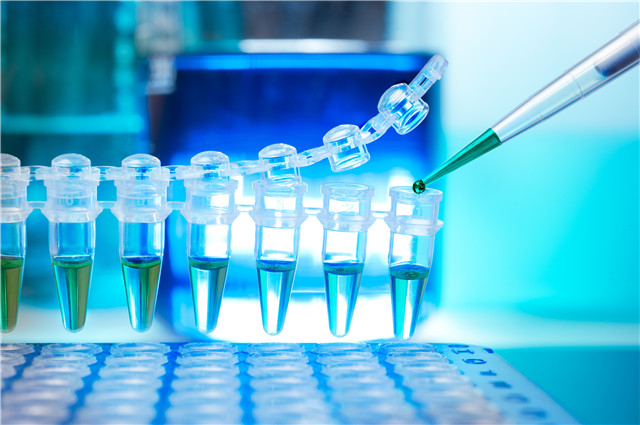Polymerase chain reaction, abbreviated as PCR in English, is a molecular biology technique used to amplify specific DNA fragments. It can be regarded as a special DNA replication outside the body, which can greatly increase a very small amount of DNA. During the entire PCR reaction process, one class of substances plays a vital role – enzymes.
1. Taq DNA
In experiments in the early days of PCR, scientists used Escherichia coli DNA polymerase I, But there is a problem with this enzyme: it needs to replenish new enzyme every time a cycle is performed, which makes the operation steps slightly complicated and it is difficult to fully automatically amplify. This problem was solved after scientists accidentally isolated Taq DNA polymerase from Thermus aquaticus in 1988. Since then, the automatic amplification of DNA has become a reality. The discovery of this enzyme also makes PCR technology a convenient, practical and universal technology. Currently, Taq DNA polymerase is the most common polymerase in DNA kits.
2. PfuDNA
As mentioned above, Taq DNase has a big bug, so scientists have modified Taq DNA polymerase to a certain extent in order to avoid non-specific amplification due to mismatching, resulting in inaccurate test results. But the modification of Taq DNA polymerase can inhibit the activity of DNA polymerase at room temperature. PfuDNA polymerase can well make up for the above disadvantages of Taq DNA polymerase, so that the PCR reaction can be carried out normally, and the success rate of target gene amplification can be effectively improved.
3. Reverse Transcriptase
Reverse transcriptase was discovered in 1970. This enzyme uses RNA as a template, dNTP as a substrate, follows the principle of base pairing, and synthesizes a DNA single strand complementary to the RNA template in the 5′-3′ direction. Reverse transcriptase is primarily dependent on DNA polymerase activity from DNA or RNA templates and therefore has no 3′-5′ exonuclease activity. However, it has RNase H activity, which limits the synthesis length of reverse transcriptase to a certain extent. Due to the low fidelity and thermostability of wild reverse transcriptase, scientists also modified it.
For PCR experiments, the main consumables are:individual PCR tube, 4/8-strip PCR tube, PCR plates.
Labio’s PCR consumables have the following advantages:
PCR plates: Broad thermal cycler compatibility;High-contrast, easy well identification;well fluorescence reflection;good heat transfer;Certified DNase, RNase, DNA, PCR inhibitors, and tested pyrogen-free.
Individual PCR tubes: Evaporation-resistant;good heat transfer;excellent optical clarity;Certified DNase, RNase, DNA, PCR inhibitors, and tested pyrogen-free.
4/8-strips PCR tubes: Ultra-thin walls;high clarity;good fluorescence reflection; can use in pharmaceutical industry, food industry, and molecular biology;high-quality, virgin PP material;Certified DNase, RNase, DNA, PCR inhibitors, and tested pyrogen-free.
Post time: Jun-09-2023


